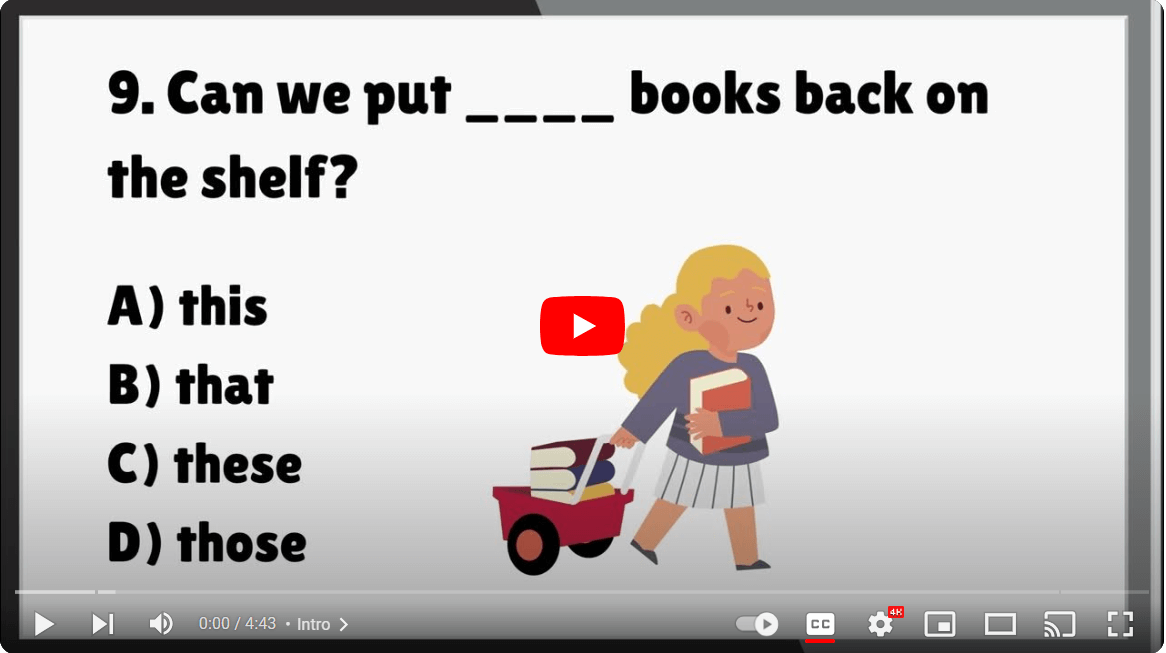Using Quotations Effectively
Also See:
Quotations in Essays
Citing Sources
1. It's usually best to introduce a sentence or longer passage with a complete sentence and a colon. Here's an example:
The opening sentence of Jane Austen's Emma establishes the heroine as a child of privilege. "Emma Woodhouse, handsome, clever, and rich, with a comfortable home and happy disposition, seemed to unite some of the best blessings of existence; and had lived nearly twenty-one years in the world with very little to distress or vex her"(37). Note that in this example the introductory sentence provides the reader with a way to understand the relationship of the quotation to the writer's argument.
2. You may find that parts of the quotation are distractions from your main point or just make the entire thing too long. If so, you can remove them and add ellipses: "Emma Woodhouse, handsome, clever, and rich, ... had ...very little to distress or vex her"(37). Note that ellipses consist of three dots with spaces in between. If you have also eliminated a period, then you add a fourth dot. When removing words from a quotation, always make sure that the sentence is still grammatically correct.
3. Sometimes you will wish to quote only a word, a phrase, or an incomplete clause. In that case, you need to create an introduction that will make grammatical sense with the part you're quoting: David Copperfield begins by wondering whether he will be "the hero of [his] own life" (49).
**Note that "my" replaced "his" in brackets to keep the pronouns consistent.
4. The best way to introduce a quotation is either with a sentence or a signal phrase. Avoid using "He says,"..." It's kind of awkward. Instead, use a whole sentence that contextualizes your quotation (see above) or begin with a signal phrase: Stephan Jay Gould argues that "'fact' does not mean 'absolute certainty'"(571).
5. If you are using a signal phrase to introduce a quotation, try to place the author's name in the "power position" as the subject of the sentence, NOT as the object of the preposition. For example, "In John Stuart Mill's Autobiography, he explains "..." is an awkward way to introduce a quotation or a paraphrase. A better choice would be the following: In his Autobiography, John Stuart Mill explains "..."
6. Instructors often say, "Quote only when necessary," but students aren't exactly sure what that might mean. Sometimes you must quote because you're analyzing the writer's style or because that style is so interesting, you want to share it: "Keaton's face ranked almost with Lincoln's as an early American archetype; it was haunting, handsome, almost beautiful, yet it was irreducibly funny; he improved matters by topping off with a deadly horizontal hat, as flat and thin as a phonograph record"(Agee, 38). Be sure, in cases like this, that you analyze the quotation in subsequent sentences.
7. Other times, you quote because the writer has provided such a clear and concise explanation of something that you think your own paraphrase would have to be much longer and less clear.
8. Students worry about having "too many quotations," and that can sometimes be a problem. Think of your essay as a conversation between you and your sources. Will your reader find your voice in there? If so, then a large number of quotations is probably okay.
9. If you look at the above examples, you'll notice that sometimes the author and page number are listed after the quotation, and sometimes only the page number is present. The rule is that you should provide the least amount of information necessary in order for your reader to recognize your source and link the quotation to an item in your bibliography. In the first three examples, we know the authors are Jane Austen and Charles Dickens, respectively, so we only need a page number in the parentheses. But sometimes you'll even need a short version of the title in your parentheses if your bibliography contains more than one work by the author.





Comments